You have an air conditioning system in place, but you're concerned about the ductwork of your return air. So instead, you're considering installing flex ducts for return airflows. Will this be a better alternative? We've asked the experts to give you a precise answer to your query.
Yes, you can use flex ducts for your return air. However, to maximize its usefulness, it needs to conform to technical specifications such as its insulation rating, pressure checks, dust filters, duct sizing and placement, and lastly, the installation requirements.
Flex ducts have increasingly gained popularity as the best alternative to conventional ductwork. Remember that flex ducts need to meet certain specifications to function effectively.
Keep reading as we dig deeper into the nature of flex ducts and how to maximize them for your return airflows.
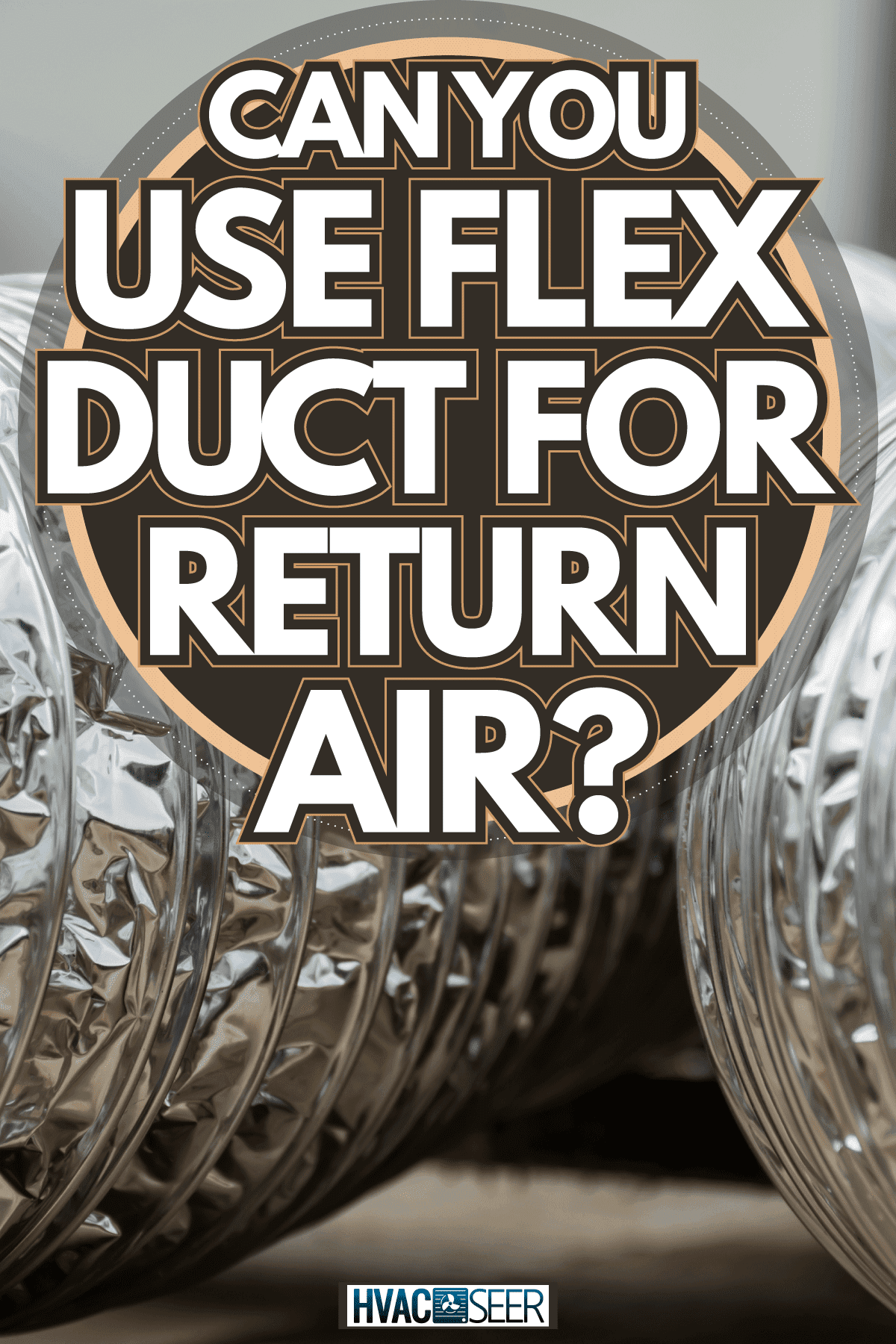
Flex Ducts for Return Air
Flex ducts belong to the types of ducts that are commonly seen in both commercial and residential air conditioning and heating systems. It comes in many variations and has different applications, including return air.
Flex ducts are an excellent choice for return air due to their cost and ease of installation. They are relatively cheaper due to the material used, unlike other ductworks that use steel which is more expensive. They also use lighter metal enclosures such as a thin layer of aluminum foil.

As the name suggests, it is highly flexible which makes it easy to install. It is relatively easy to position in narrow spaces, or if the duct has to be placed in corners and through tight openings within the structure of your home.
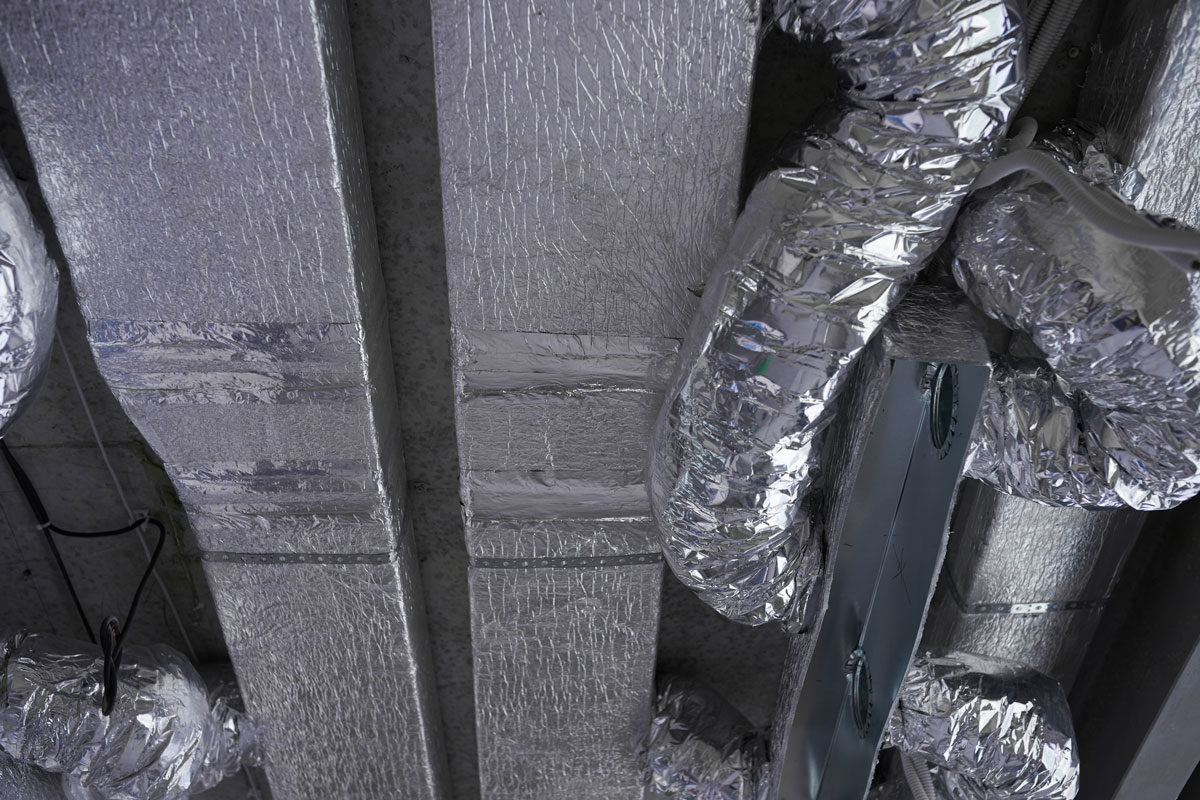
Key Factors in Using Flex Ducts for Return Air
The usefulness of flex ducts to your air conditioning system could never be understated. However, it is extremely technical as compared to conventional ductwork. You need to consider the following factors:
Quality of Insulation
This factor is crucial in order to prevent overheating, or else the entire AC system will fail.
The ductwork should have the recommended R12 insulation rating. Incidentally, pre-made flex ducts aren't available in R12, so you would need to improvise. It is also worth mentioning that flex ducts should be insulated or wrapped separately with a layer of aluminum.
Pressure Control
There is a need to control the pressure. Too high pressure will cause the entire system to fail. On the other hand, low pressure will make the AC system lose its functionality.
The pressure rating of the ductwork should match that of the air conditioning system. Typically, residential AC systems have a negative pressure rating ranging from 0.25 inches to 0.5 inches.
The ducts should withstand up to the upper limit of this range to prevent accidents whenever pressure surges.
Filtering
Dust that goes with return air is a common phenomenon. As such, flex ducts should be capable of filtering dust that goes into the system.
In addition, the interior of the flex duct is a wrinkling surface. It attracts dust faster and is conducive to heavy build-up of dust if left unchecked. These factors would cause undue stress to the ductwork.

With improperly installed filters, the dust would accumulate and have negative effects on the ductwork.
Dust build-up in the interior may cause overheating. It also slows down and eventually constricts airflow. Additionally, it increases the overall weight of the duct, causing it to squeeze and leading to more sagging.
If there are vents installed in the ductwork, filters should also be in place at the vents.
The Installation Specifications for Flex Ducts

The use of flex ducts had sparked criticism among homeowners who had undesirable experiences with them in their homes.
The most common complaints raised were erratic drops in pressure and low airflow. However, HVAC professionals pointed to wrong duct sizing and improper installation as the main culprits of the problem.
These shortcomings can be resolved by adhering to the technical specifications in installation as listed down below:
Length
It is recommended that flex ducts not be longer than 8 feet.
True to their name, these ducts are flexible and are prone to sagging and sharp bends. If bent too much, such as at a 90-degree angle, it can constrict airflow entirely. If the duct is long, it could be hard to contain airflow resistance and the whole length will sag heavily.
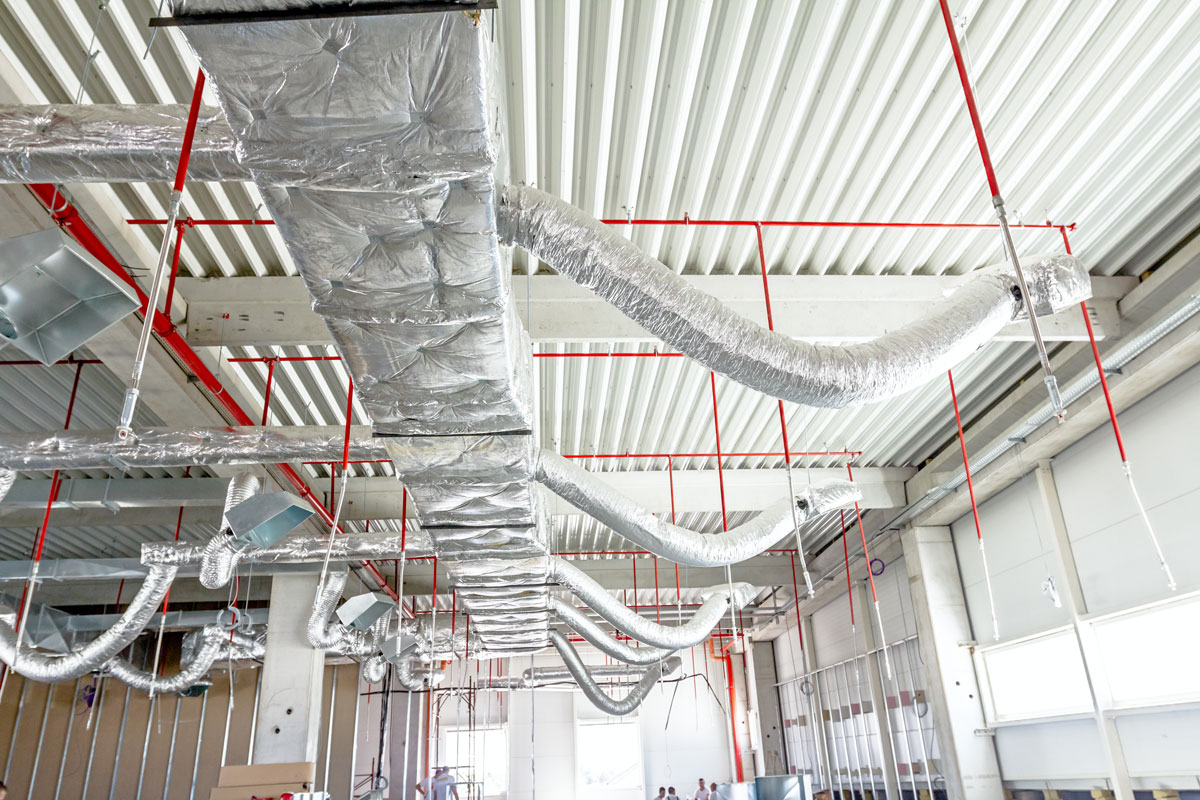
Flex ducts that are more than the recommended length are highly discouraged due to their tendency to be malleable, which will shorten the longevity and security of the installation.
Exceeding the recommended length may be allowed, provided that there is sufficient support to the whole length of the duct. You may need to contract HVAC specialists to determine the correct support structure.
Saddle Support
It is recommended that flex ducts be installed with flat saddle support. The width of the saddle should not be less than 1-inch.
When properly positioned, the wide and flat saddle should neatly cover around the lower half of the flex duct. The recommended width is enough to provide support even when the ducts heavily vibrate during normal operation.
The wide saddle spreads out the pressure point to avoid squeezing and prevent sharp bending of the flex duct which can reduce or constrict the airflow.
In the absence of a wide saddle, two wires are required to give support to hold the weight of the flex duct, avoid squeezing, and spread out pressure points. The two wires can be positioned a few inches away from each other. Never use a single wire only as this will just do more harm to the ducts.
Support Interval
It is recommended that the distance between two saddles that support the flex duct not be more than 5 feet. In industry practice, though, the support interval is set at 4 feet.
With the recommended support interval, the flex duct will be allowed to sag at a maximum of 1/2-inch per foot. But if possible, it's best not to allow any visible sag to avoid dust buildup that can eventually reduce the airflow.
Duct Sizing
The sizing of the flex duct is a crucial element. This is responsible for maintaining the pressure drop within the acceptable limit of your air conditioning system.
Flex ducts are round in shape in varying diameters of 6-inch, 8-inch, and 10-inch, depending on the volume and pressure of return air passing through and the complexity of the HVAC system in place.
Collar Attachment
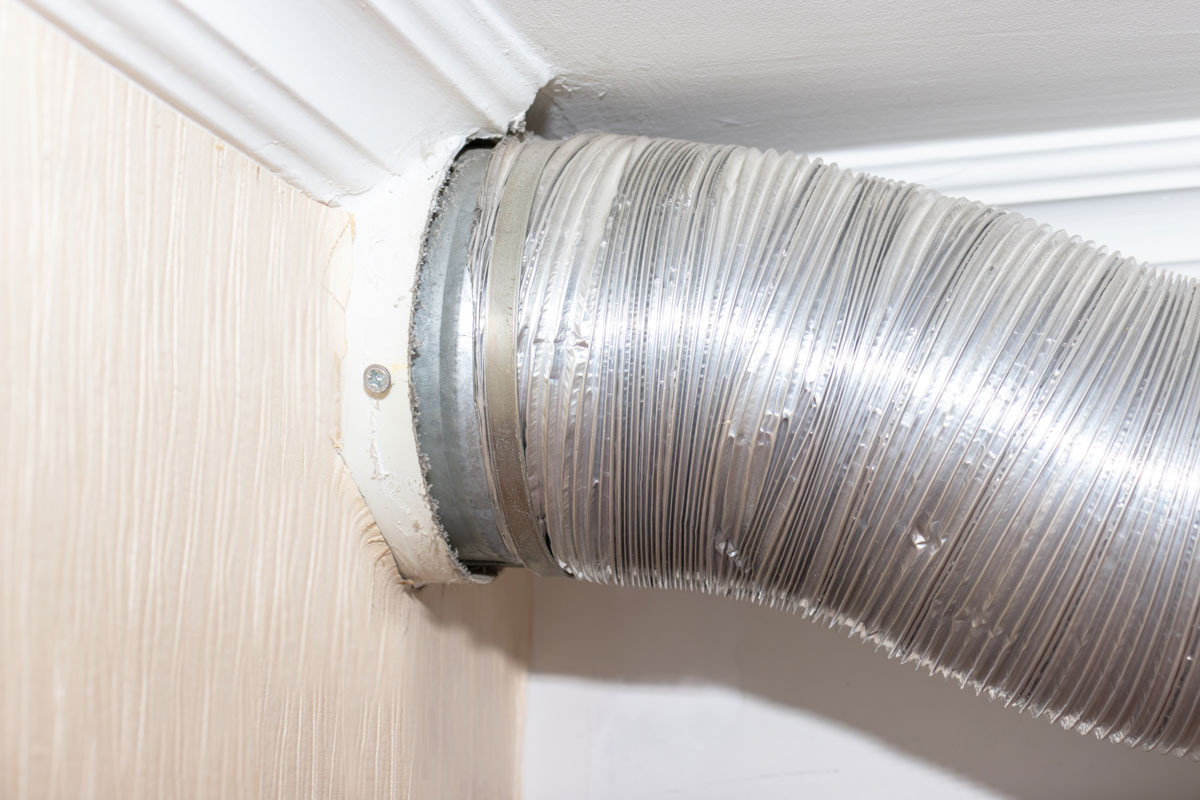
It is recommended that the flex duct collar have a minimum length of 2 inches.
The installation of the flex duct is not complete without a return air grille with a plenum box attachment.
The grille is the fixture that is exposed at the surface of the ceiling, so it is usually colored white and aesthetically pleasing. A duct collar is needed to securely attach the flex duct to the mouth of the grille.
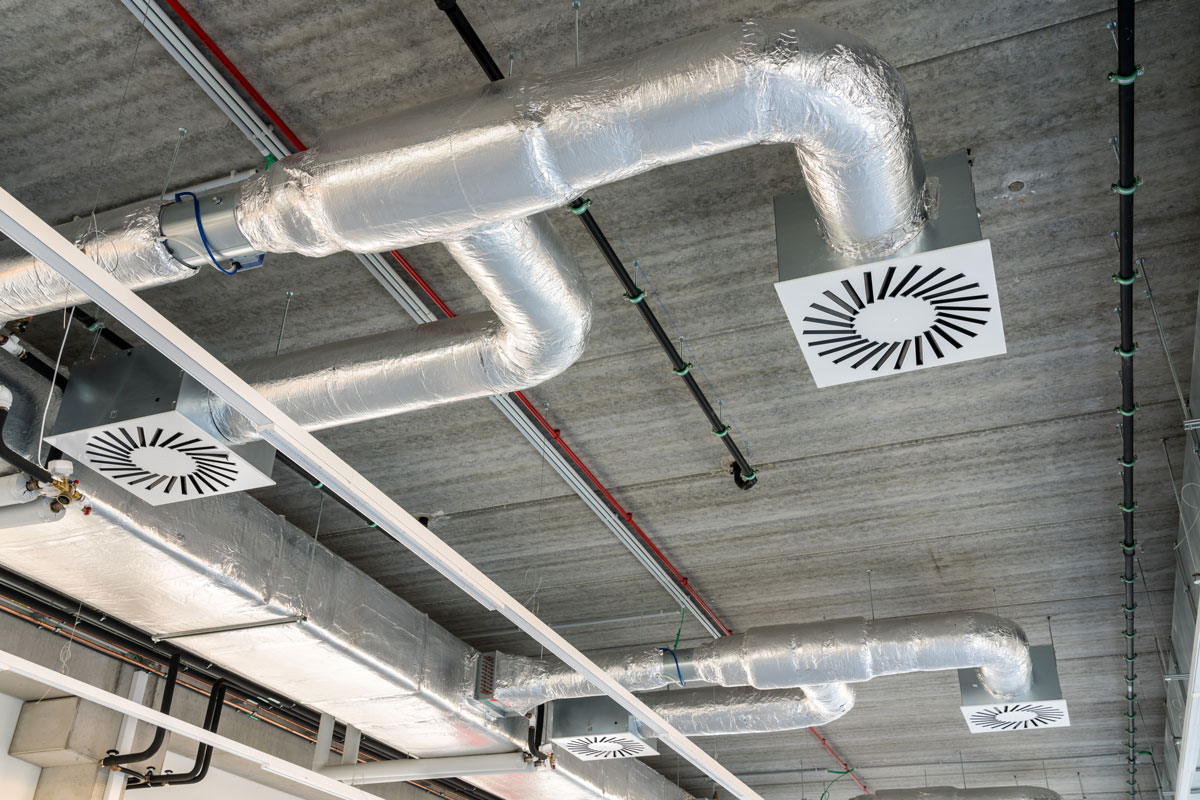
You would need duct glue and aluminum tape to attach the flex duct collar.
Check out this aluminum duct tape in Amazon.
During normal operation when there's strong airflow, the flex duct vibrates heavily. As such, the attachment is critical to hold the flex duct to the grille securely and firmly to last for many years.
Check out this duct clamp on Amazon.
Insulation
Flex ducts for return air commonly use a layer of aluminum foil for insulation. Aside from insulation, the aluminum foil adds malleability and strength. This enables the duct not to break or leak easily.
The other materials used are generally lighter such as rubber, PVC, and polyurethane. Conventional ductwork uses steel.
Placement
Make sure that the placement of flex ducts should not be near sharp edges such as ceiling support brackets and exposed nail and screw heads at the beams.
Since the outer covering is mostly a thin layer of aluminum, these are prone to easily tear or get slashed when sharp edges come into contact.
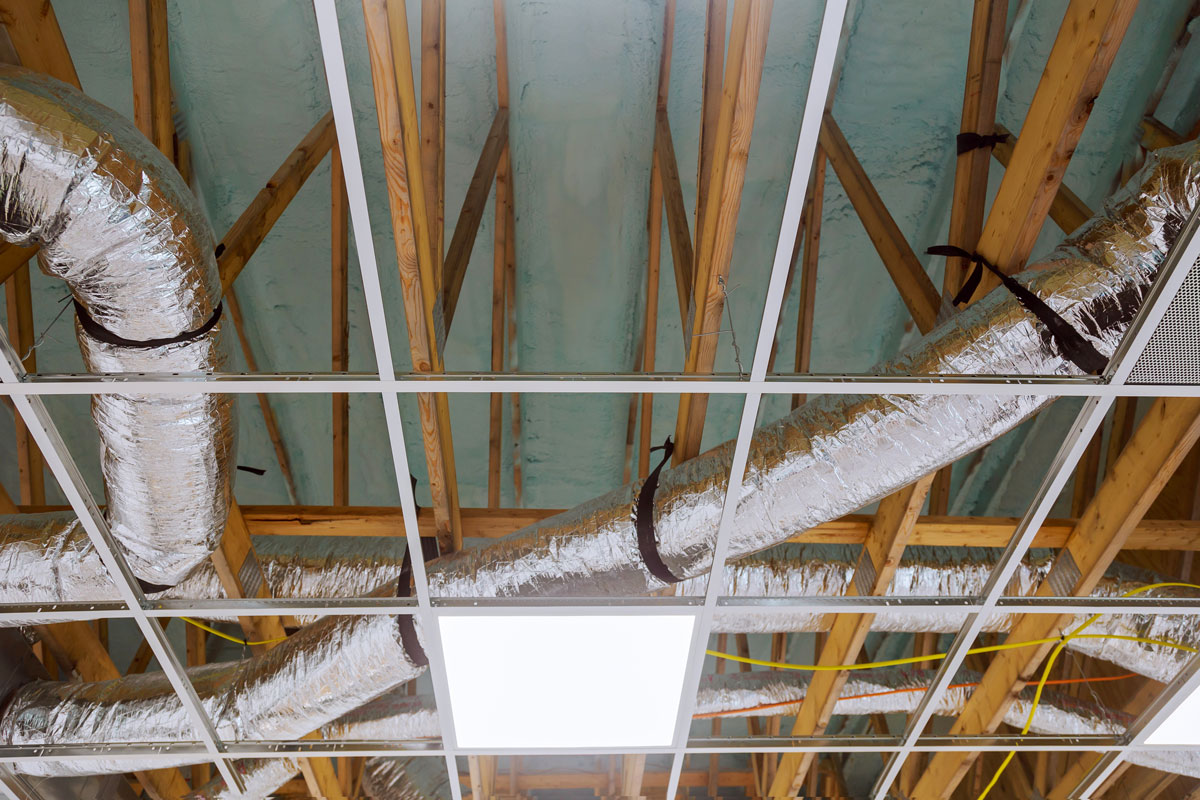
Take note that flex ducts vibrate during normal operation. They may sag slightly due to airflow pressure and can be displaced a few inches from their original position. Sharp surfaces should never be in close proximity to avoid costly damage and laborious re-installation.
Final Thoughts
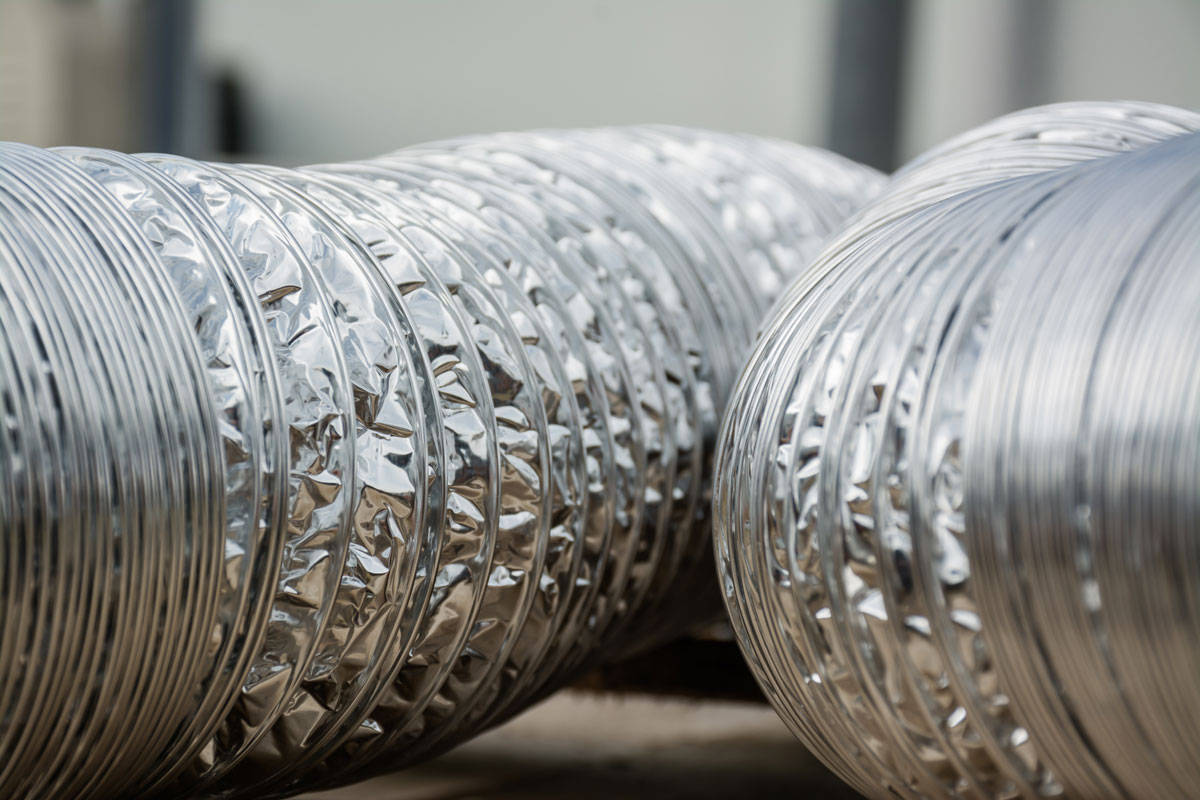
Flexible ducts offer a cost-effective solution to get enough return air. However, its use and installation are highly technical. You need to consider factors such as the insulation rating, pressure control, and filters at the vents.
Just like any ductwork system, it has to comply with installation criteria in order to maximize its usefulness. The specifications include the duct length and sizing, support structure, collar attachment, insulation used, and placement within your HVAC system.
We hope you found this post informative! You might be interested to read more about HVAC ducts, we have these posts for you:


